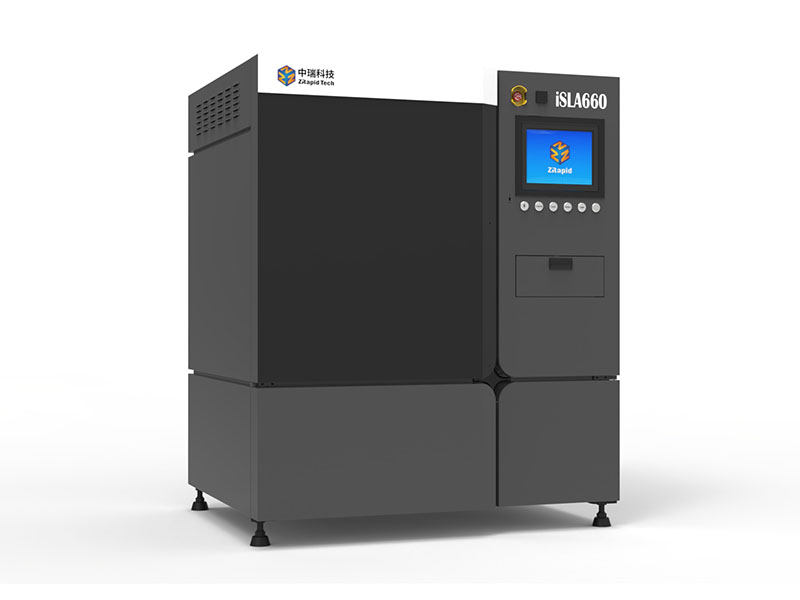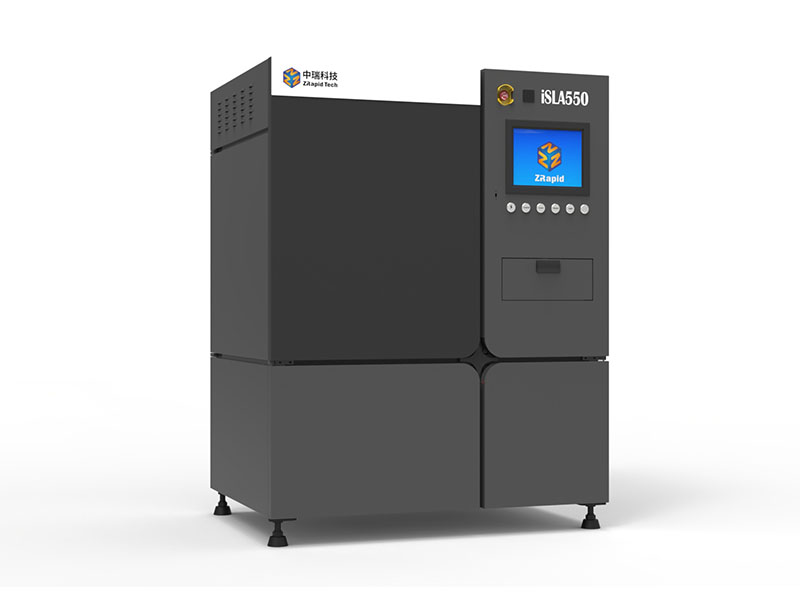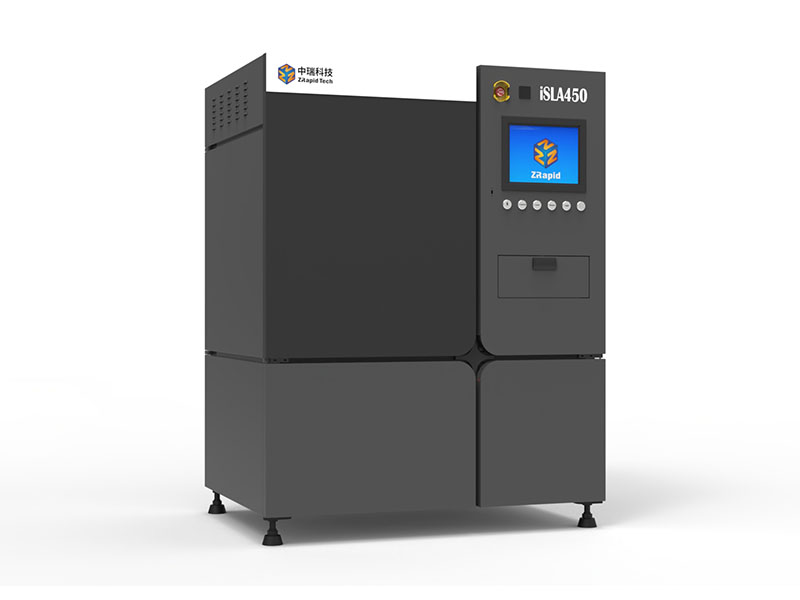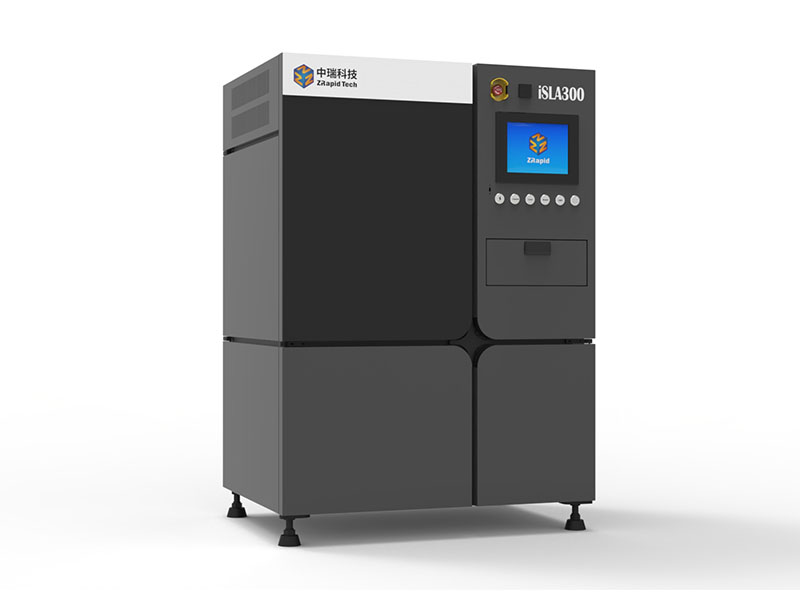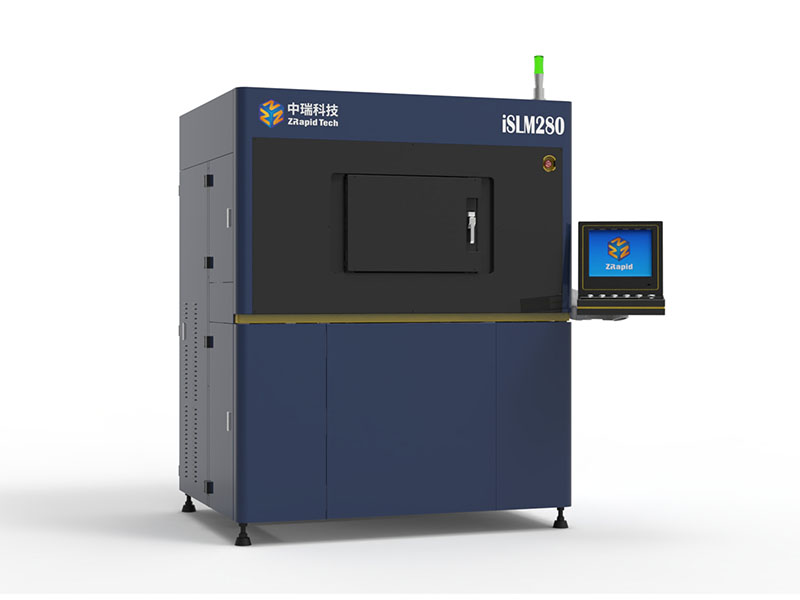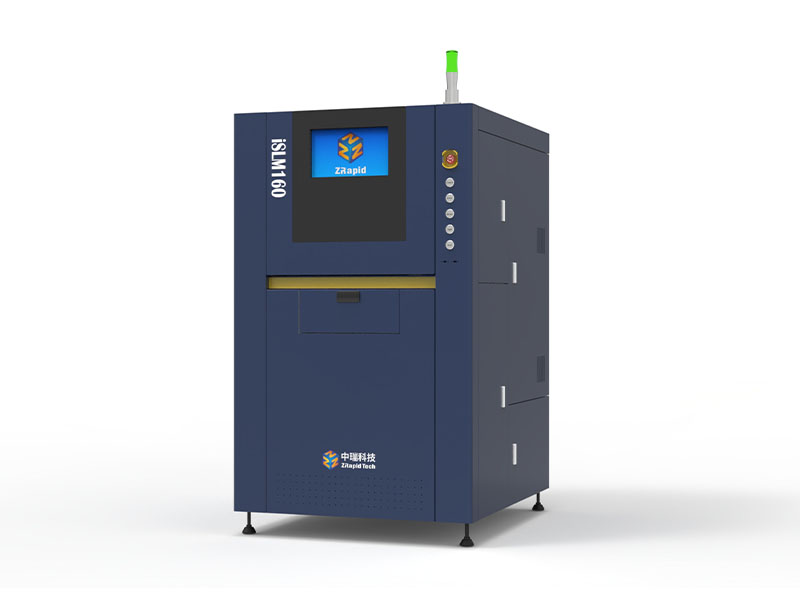Aerospace company Tethers Unlimited Inc (TUI) has teamed with commercial satellite firm Space Systems Loral (SSL) to develop 3D printing robots for use in space. The "SpiderFab" project will see robots 3D printing large truss structures in space in order to support antennas and other constructs.

For some time now, we have been hearing about how 3D printing in space is changing the way astronauts think about equipment and supplies. For example, the Made in Space Additive Manufacturing Facility (AMF), currently in operation aboard the International Space Station, is able to 3D print tools, spare parts, and other useful items using files sent across from Earth. The success of the AMF project has inspired others to develop space 3D printing solutions, and a new program from TUI and SSL could be one of the most ambitious yet.

While the AMF is safely stowed away inside the International Space Station, the "SpiderFab" scheme proposed by TUI and SSL is a different beast altogether. According to the two firms, the NASA-backed project will involve TUI’s "Trusselator" 3D printing machine, which will be capable of printing large wire frame trusses for solar panels, antennas, sensors, and other parts of a spacecraft. These trusses will then be put in place by a "Spinnernet" robot, forming a large structure without human assistance.
After an agreement between the two companies was made at the end of September, testing of the system will take place on SSL’s Dragonfly program, established to test the construction of geostationary communications satellites in orbit and funded by NASA’s Space Technology Mission Directorate’s Tipping Point Initiative. "The Dragonfly program is a tremendous opportunity for us to demonstrate the readiness of in-space manufacturing technologies," said Dr Rob Hoyt, CEO of Firmamentum, a TUI subsidiary.
3D printing with the AMF aboard the International Space Station has enabled astronauts to fabricate parts on the spot, rather than wait for similar parts to be made on Earth and sent to them via the next launch. The SpiderFab 3D printing system, however, will offer a further advantage: size. For satellites to make it into orbit, they must be stored in an extremely compact manner which enables them to resist the impact of passing through the Earth’s atmosphere. This means that satellites (or their component parts) must be reasonably small. With the SpiderFab, however, spacecraft need only contain the compact and durable spools of fibre or blocks of polymer, with assembly of the much larger objects taking place afterwards.

"On-orbit fabrication allows the material for these critical components to be launched in a very compact and durable form, such as spools of fibre or blocks of polymer, so they can fit into a smaller, less expensive launch vehicle," Hoyt explained in 2013. "Once on orbit, the SpiderFab robotic fabrication systems will process the material to create extremely large structures that are optimized for the space environment.
By increasing the size of the fabricated satellites, TUI and SSL will be able to provide higher data throughput and higher resolution than satellites built entirely on Earth. "This radically different approach to building space systems will enable us to create antennas and arrays that are tens to hundreds of times larger than are possible now, providing higher power, higher bandwidth, higher resolution, and higher sensitivity for a wide range of space missions," Hoyt added.
It is not yet known when the SpiderFab 3D printing system will be trialled.
SpiderFab features:
original text : cnbeta
ZRapid Tech - Innovator of 3D printing technologies. Click here to enter: http://www.zero-tek.com/



